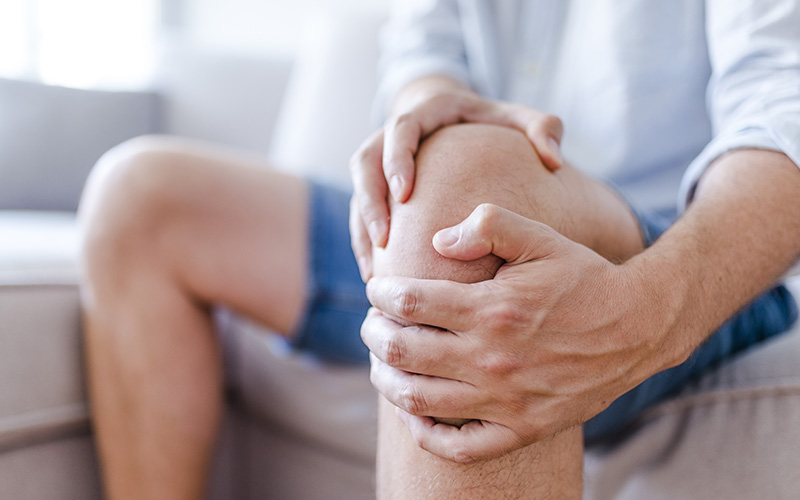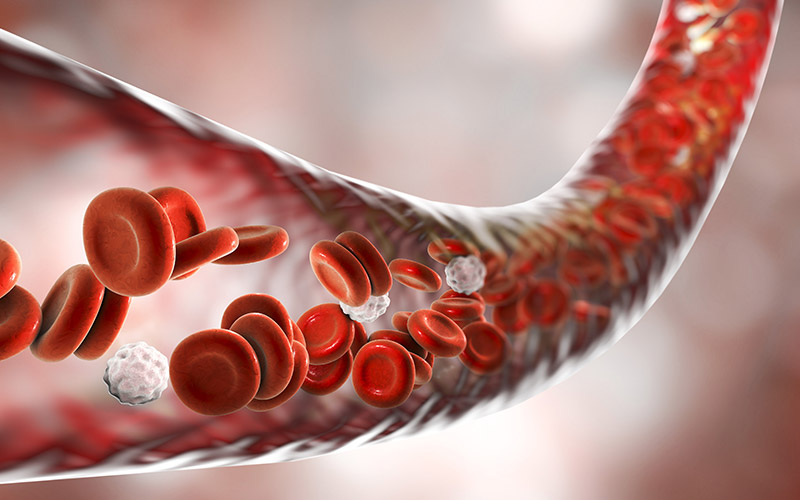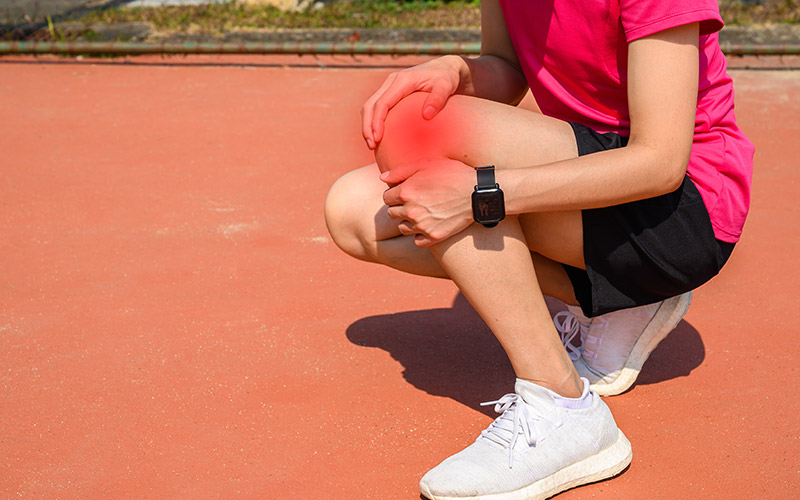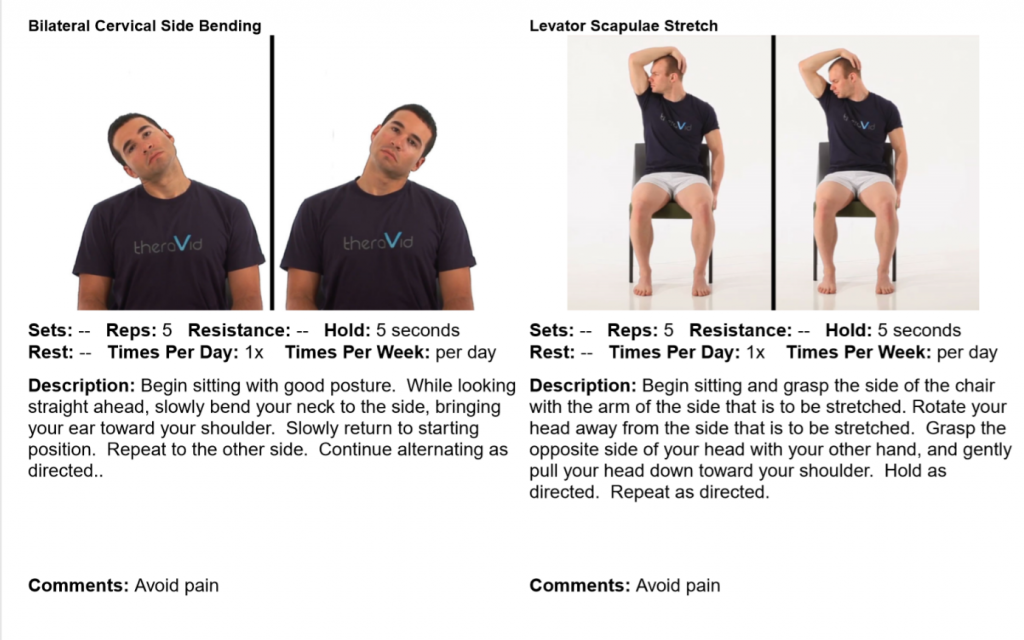Thumb Pain: Does it Have to do With My Phone?
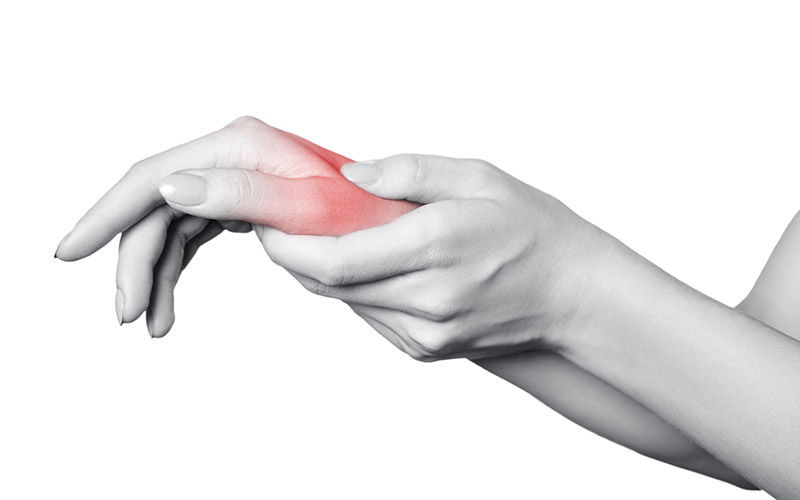
Thumb Pain: Does it Have to do With My Phone?
It comes at no surprise that Americans like their smartphones and use them daily. In 2019, the average American adult (18 years and over) spends 3 hours and 43 minutes on their phone per day (Wurmser, 2019). Use of smartphones lead to repetitive motions with scrolling of the thumb. As one may suspect, or may have experienced themselves, increased complaints of thumb pain have been reported. There is even a new term in the medical field, “texting thumb,” also known as gamer’s thumb. Houston Methodist Health (2019) describes texting thumb as occurring from repetitive use, where the inflamed tendons rub against a narrow tunnel, causing pain.
Continue Reading »


